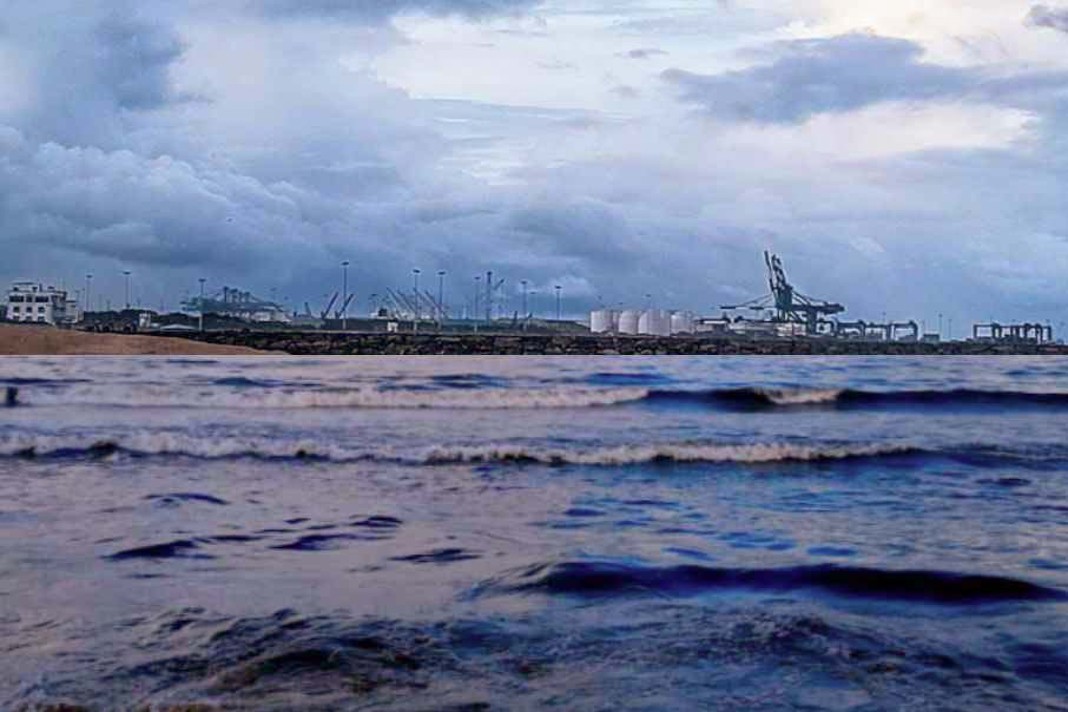 In the maritime industry, port pilots face a challenging task – guiding massive cargo vessels safely through underwater terrain unique to each port. However, thanks to a collaborative effort involving the Port of Long Beach, Jacobsen Pilot Service, and the National Oceanic and Atmospheric Administration (NOAA), a groundbreaking high-precision navigation tool is set to revolutionize this critical role, making maritime navigation safer and more efficient, says an article published on polb website.
In the maritime industry, port pilots face a challenging task – guiding massive cargo vessels safely through underwater terrain unique to each port. However, thanks to a collaborative effort involving the Port of Long Beach, Jacobsen Pilot Service, and the National Oceanic and Atmospheric Administration (NOAA), a groundbreaking high-precision navigation tool is set to revolutionize this critical role, making maritime navigation safer and more efficient, says an article published on polb website.
Enhancing Safety And Precision
The Port of Long Beach, which handles over $200 billion worth of cargo annually, has made safety its top priority. Partnering with NOAA and Jacobsen, the port aims to pioneer the next-generation navigation tool that not only enhances the safety of its waterways but also sets a new standard for the entire nation.
The tool, known as S-102, is a set of data files developed under NOAA’s Precision Marine Navigation Program. These files provide high-resolution depth data that can be integrated into NOAA’s standard Electronic Navigational Charts (ENC).
While conventional charts display the shoreline, breakwater, buoys, and land areas, S-102 files empower users to create custom depth contours in their navigation systems, offering a more detailed depiction of the seafloor.
Years Of Collaboration And Technological Advancements
Jacobsen Pilot Service, with over 30 years of collaboration with NOAA, was the ideal partner to demonstrate the S-102 tool. Known for its commitment to upgrading technology, Jacobsen utilizes software that analyzes water levels, tides, currents, waves, and weather.
This information can be seamlessly integrated with digital charts, providing port pilots with real-time situational awareness in dynamic conditions.
In a profession where precision is paramount, port pilots, experienced enough to draw contours of the San Pedro Bay from memory, require tools that leave no room for error. Guiding enormous fully loaded supertankers, which can be as long as 1,100 feet, 200 feet wide, and comparable in depth to a seven-story building, demands the utmost precision.
The Role Of Bathymetry And Hydrography
The S-102 files are the result of nearly a decade of collaboration. The Port of Long Beach’s Survey Division played a crucial role in the development of this digital resource. Their expertise in bathymetry, the science of measuring water depth and changes in the submerged landscape, was integral. They provided NOAA with the most up-to-date data.
Unlike most ports, the Port of Long Beach boasts an in-house Survey Division, equipped with the know-how and technology to study the port’s bathymetry. The team’s responsibilities extend to topographic surveys, hydrology studies, and emergency response. Moreover, their high-tech tools include drones, a hydrographic vessel, and a fathometer that measures water depth using sonar.
Expanding Implementation And Future Possibilities
Following a successful demonstration in Long Beach, NOAA introduced the S-102 tool to the ports of New York/New Jersey and Boston. The goal is to provide this invaluable data to all major U.S. ports in the coming years.
While port pilots are the primary users, the potential applications of this high-detail seafloor data extend to fishermen, tugboat captains, scuba divers, marine geologists, and more.
The S-102 data represents a significant leap forward in the future of maritime navigation. As more individuals and industries discover the possibilities it offers, its potential applications are likely to expand even further.
The collaborative efforts of the Port of Long Beach, Jacobsen Pilot Service, and NOAA have not only elevated safety standards but have also ushered in a new era of precision in maritime navigation.
Did you subscribe to our daily newsletter?
It’s Free! Click here to Subscribe!
Source: polb






















